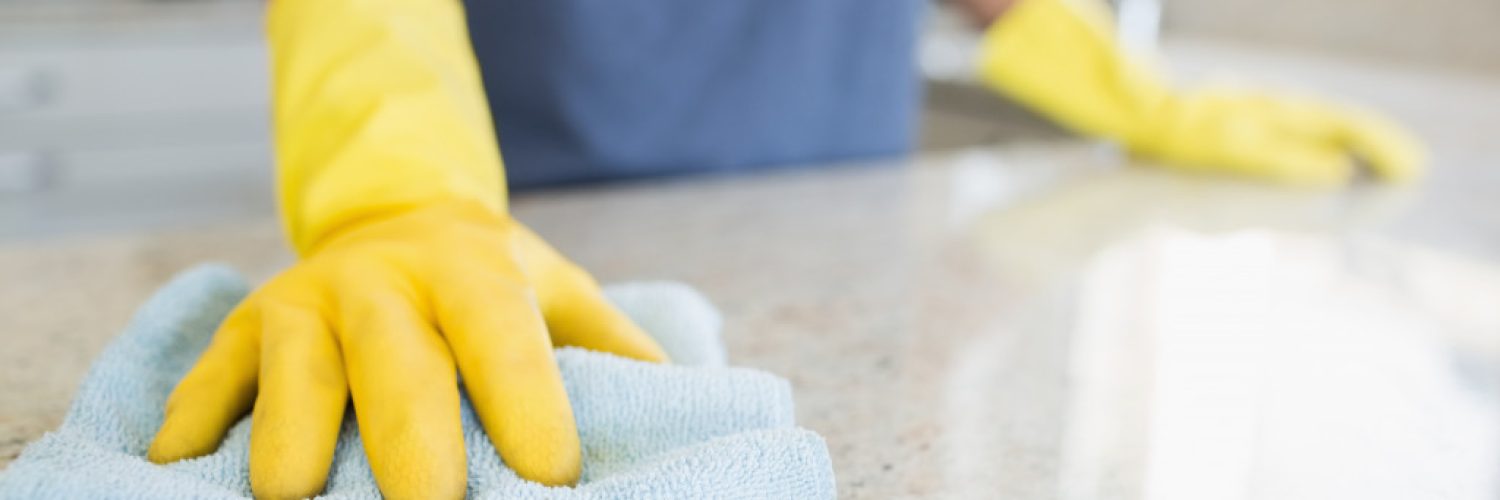If you haven’t got an athletic bone in your body, the reason for such is probably your fear of sport-related injuries. But even if you’re a couch potato and the only thorough physical activity you engage in is house-cleaning, you can still face great odds of sustaining injuries.
That’s because cleaning the ceilings, windows, and roofs, pose a serious fall hazard. Mopping the floors, on the other hand, cause risks for slips. And the muscle pain you’ll endure afterwards may not be so different from the aftermath of an intense sport training.
That said, before whipping out your cleaning supplies, hear out the injuries you may be at risk for, and how to avoid and treat them.
1. Back and Joint Pain
Bending over to sweep or vacuum the floors can cause bothersome back and joint pains. If you’re already having problems with your back, avoid tasks that will put a strain to it. Similarly, care for your joints by not lifting furniture too much. If there’s an urgent need to do it, get treated in a reputable joint pain clinic first.
Next time you’ll lift and rearrange furniture, enlist some help, because lifting heavy and bulky objects in pairs will significantly lessen your chances of sustaining an injury. And lift at the correct posture — bend your knees slightly, and use your leg muscles to lift, never your back.
2. Breathing Issues
When there’s too much dust, preexisting respiratory conditions such as asthma and allergies can be triggered. The fumes from cleaning products may also trigger symptoms, such as difficulty in breathing.
Therefore, wear face masks when handling dusty surfaces and chemical cleaning products. Or better yet, delegate risky tasks to someone with a less sensitive respiratory system.
3. Sprain
Like joint and back pain, sprain can also be a result of heavy lifting. Trips, falls, and slips are also common causes. In fact, according to the US Consumer Product Safety Commission, over 35,000 people injured themselves while using a stepladder as of 2010.
The best preventive measures are to be mindful of slippery floors, and to be careful when on a stepladder. Mop the floors section by section so there will always be dry ground to walk on. And before climbing on a stepladder, check first if it’s stable. It’s also already a given, of course, that you should be careful when lifting.
First-aid treatments for sprain are an ice pack and bandages. Rest the sprained joint first, put on the ice pack next, then wrap the joint in bandages. Elevating the sprained joint above your heart level will also help.
4. Cuts and Abrasions
When organizing your kitchen, you may accidentally graze your fingers against knives and other sharp objects. To avoid this, keep a watchful eye over cutting tools, and have a stash of band-aids and bandages prepared. Apply antiseptic swab to cuts immediately, and check whether they might need stitches.
5. Skin Irritations
If you often feel an itch or sting after using certain chemical cleaning products, that could be an allergic reaction. Rinse the affected skin with water and treat it with topical steroids. Consult your doctor if the reactions persist.
6. Burns

Harsh chemical products may also cause burns. Running cold water to the injured area for up to 20 minutes will help, but blisters or broken skin may still ensue. To treat this, seek medical treatment.
It would be best to avoid using harsh products to prevent burns, but if that’s not an option yet, wear gloves to keep the product from making contact with your skin.
Moving forward, do some warm-ups first before cleaning. Prep your muscles by brisk walking or stretching. Break your tasks down as well to avoid repetitive movements that usually cause injuries. And most importantly, don’t ignore the pain. Take breaks when you need to, and seek medical treatment when aches become unbearable.

